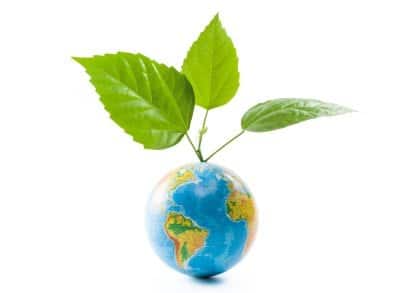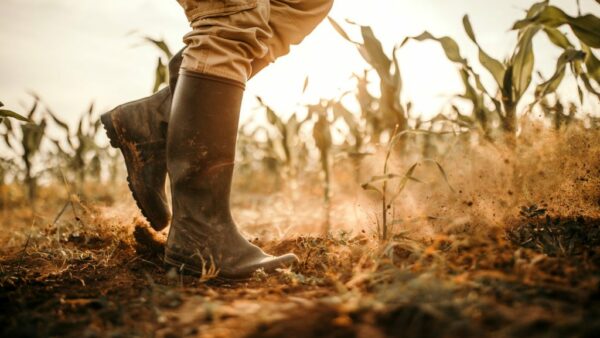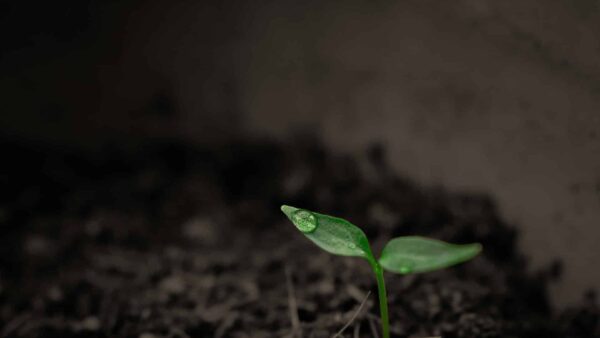At the launch of the report, Opportunities and Challenges for Research on Food and Nutrition Security and Agriculture in Europe, at the Palais des Académies in Brussels, the European national science academies along with the InterAcademy Partnership called for European policy-makers to urgently re-think their approach to food and agriculture. Calling for a “food systems approach”, the national science academies say that the current siloed policy approach to food, agriculture, climate change, and health – both at the EU and Member State levels – is not the way forward, particularly if ambitious targets such as the Paris Agreement are going to be met. An integrative food systems approach encompasses all the steps involved from growing through to processing, transporting, trading, purchasing and consuming food, and avoiding waste.
The national science academies across the EU, Norway, and Switzerland call for policy coherence – and a higher level of political ambition – to improve rapidly if Europe is to lead the way towards tackling nutrition, climate change, and decreasing food waste. While agriculture – and particularly the Common Agricultural Policy – have a critical role to play, the authors note that policy-makers cannot rely solely on changes to agricultural production to address these pressing issues: consumer behaviour needs to change, too.
Tackling climate change through food and agriculture
It is becoming clearer that climate change will have negative impacts on food systems, necessitating the introduction of climate-smart agriculture (such as the adoption of plant breeding innovations to cope with drought) but also that agriculture itself contributes substantially to climate change. Mitigating this contribution depends on climate-smart food systems (such as land-sparing and agronomic management practices) together with efforts to influence consumer behaviours associated with excessive agricultural greenhouse gas emissions, particularly food waste and high meat consumption. While changes to livestock management practices could contribute to GHG mitigation1, more significant adjustments will require changing the demand for livestock products. Moreover, in Europe there are increasing possibilities to use alternative protein sources, for example insects and substitute sources such as cell-cultured meat and alternative proteins. These new possibilities should form part of the Food 2030 agenda.
Improving health and nutrition
Changing consumption may bring co-benefits to health and to GHG emissions. Adjusting consumption patterns will bring public health benefits in those populations that already consume large amounts of food from animal sources, such as people living in Europe. High income countries’ meat and dairy consumption needs to be modified to avoid overconsumption2, while more healthy diets in developing countries need to be enhanced. One estimate3 suggested that adoption of World Health Organisation guidance on healthy diets could reduce global mortality by up to 10% and food-related greenhouse gas (GHG) emissions by up to 70% by 2050. Obesity and undernutrition remain critical issues for public health across Europe. The report also calls for a better understanding the drivers of dietary choices, consumer demand and how to inform and change behaviour, including acceptance of innovative foods and innovative diets. In addition, policy-makers need to address any price incentives to consume high-calorie diets and introducing new incentives for healthy nutrition.
Using the latest technologies and data
In addition to changing consumption patterns, using the latest agricultural practices and technologies that could serve sustainability remain critical to the future of food in Europe. The national science academies call on European policy-makers not to stall on technology, including the products based on genomics innovations. Moreover, large data sets based on comparable and verifiable methodology, are a vital tool to support innovation throughout the food system and to prepare for risk and uncertainty. Precision agriculture will be important for European farms, including autonomous agricultural machinery, aquaponics (combining hydroponics with fish farming), and the use of smart phones (hyperspectral imaging) to detect plant pests and diseases and fish pests in aquaculture. The European national science academies call for better integration of research and innovation into all the topics addressed in this report. The EU must be more ambitious in capitalising on the scientific opportunities.
“A food systems approach is critical to tackling some of the most pressing issues of our day, such as climate change, sustainable land and water use, food waste, and of course human health. This calls for science initiatives that cut across disciplines, tailored to the complexity of food systems by both, EU and Member States,” said Professor Joachim von Braun, Co-Chair of the EASAC-IAP project on food and agriculture, and Director of the Center for Development Research (ZEF) and Professor of Economic and Technological Change at the University of Bonn.
Furthermore, Professor von Braun, who is also Vice President of the German NGO Welthungerhilfe noted, “As malnutrition remains a huge global problem and in recent years global hunger has increased again, EU science policy on food, nutrition and agriculture needs to take an international view. Related innovations in Europe can have large positive impacts elsewhere in the world, if shared in science partnerships. Other themes of promising international collaborative science are food safety and healthy diets.”
“This report is part of a larger project involving 130 science academies around the globe. Europe’s approach to food, agriculture, and the environment is crucial because Europe’s actions affect others around the world,” added Professor Volker ter Meulen, Co-Chair of the IAP project on food and agriculture and President of IAP, Past President of the German National Academy of Sciences Leopoldina and President of IAP, The InterAcademy Partnership.
“The status quo in Europe on food and agriculture – which has huge implications for climate change and health – is not sustainable. We hope this project will help change the status quo on these issues, which will also contribute to mitigating the effects of climate change in Europe and around the world,” added Professor ter Meulen.
Dr. Robin Fears EASAC Programme Director for Biosciences underlined that “Climate-smart agriculture cannot by itself meet the GHG emission goals although GHG emissions from global agriculture can be mitigated to a limited extent by landsparing. To really make an impact on health and climate change, we need to see changes in consumption patterns”.
On EU policy, Dr. Fears added, “Agricultural sciences play a key role for European competitiveness, and the national science academies urge a rebalancing of commitments: to shift budget items from agricultural subsidies towards innovation in the pending reform of the CAP. Food 2030 is an important initiative from the European Commission’s Directorate General for Research and Innovation. But we need to see more – and stronger – collaboration across the other relevant Directorates General and in Member States to ensure that policy-makers are tackling both health issues and climate change in a coherent manner.”
Source: European Academies’ Science Advisory Council, Leopoldina – Nationale Akademie Der Wissenschaften











